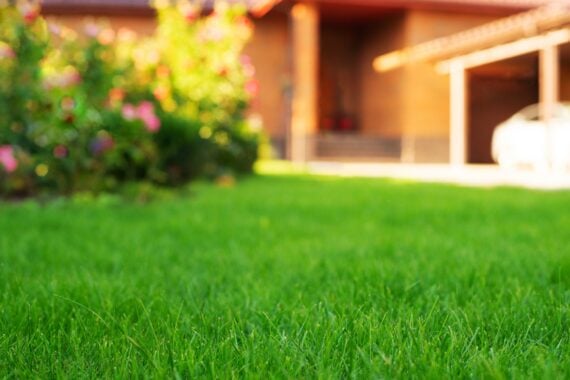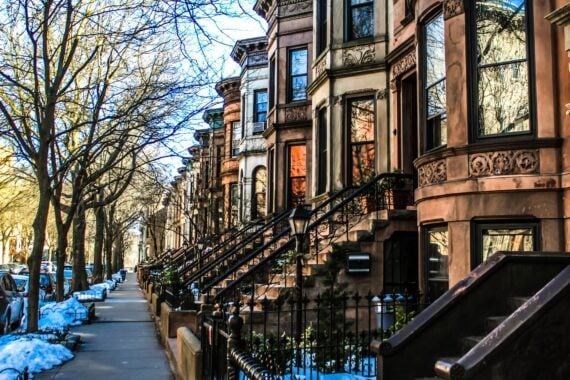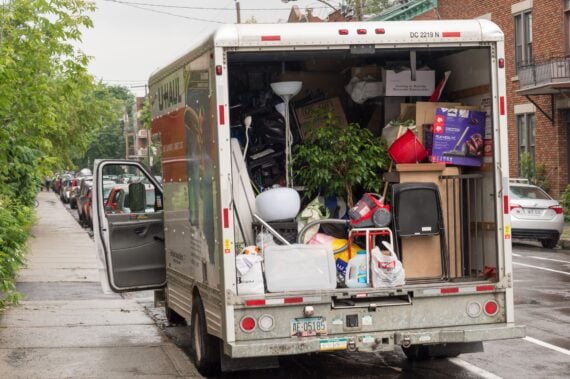Images of perfectly trimmed lawns, sprawling mansions, and white picket fences have been embedded in our minds to depict the American Dream. Since the 1950s, movies and TV shows have promoted cul-de-sacs covered in luscious green carpets as a symbol of suburban wealth and status. In reality, lawns are detrimental to the environment — they hurt our planet’s biodiversity, release harmful gases, and worsen the climate crisis.
They Produce a Ton of Greenhouse Emissions
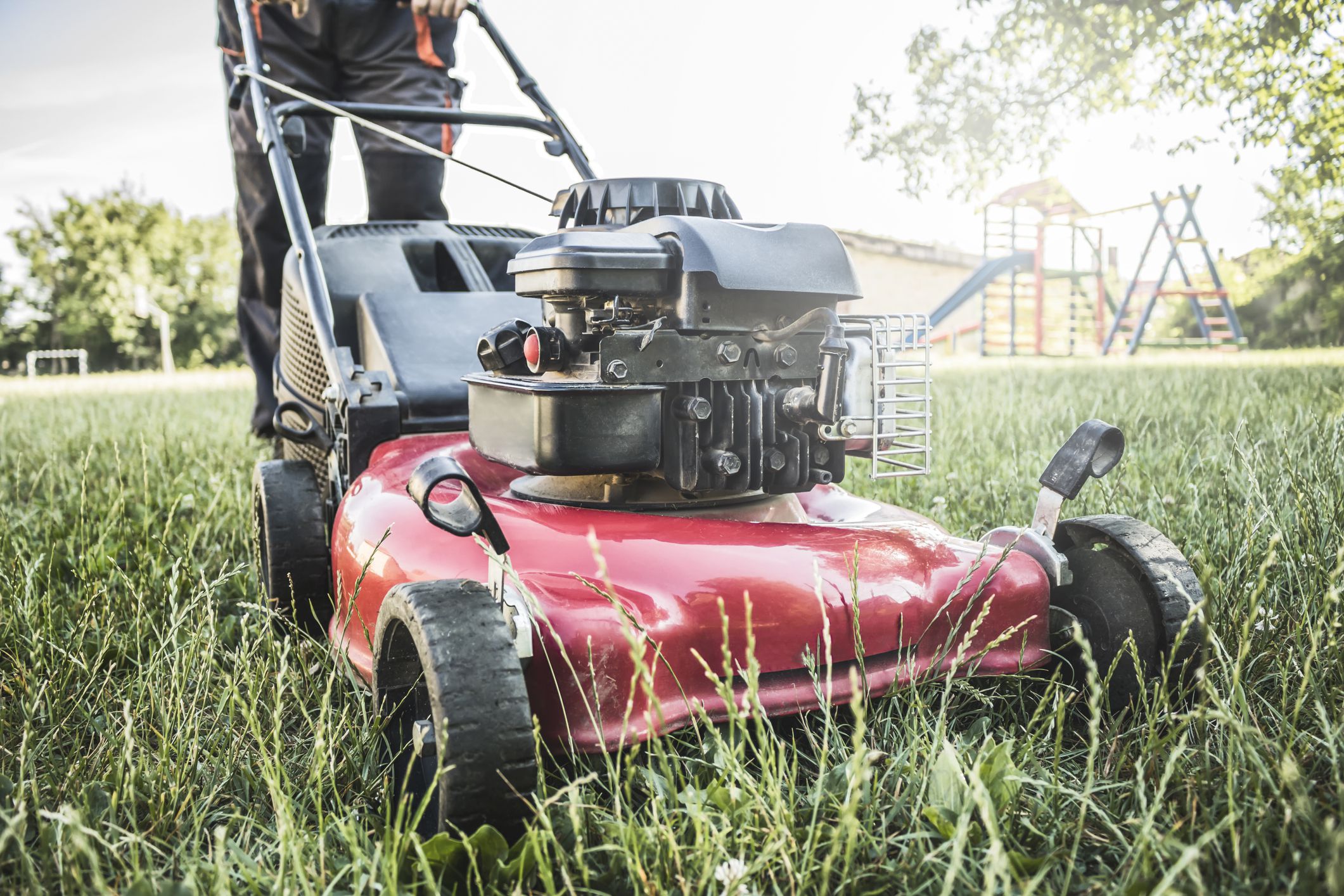
Lawn mowers, leaf blowers, edgers, and other devices needed to maintain a lawn are not only expensive, but sometimes require large engines that release greenhouse gases and are energy-inefficient. Studies have shown that one gas mower can produce more air pollution in a single year than 43 new cars each being driven 12,000 miles.
They Can Harm Our Planet’s Biodiversity
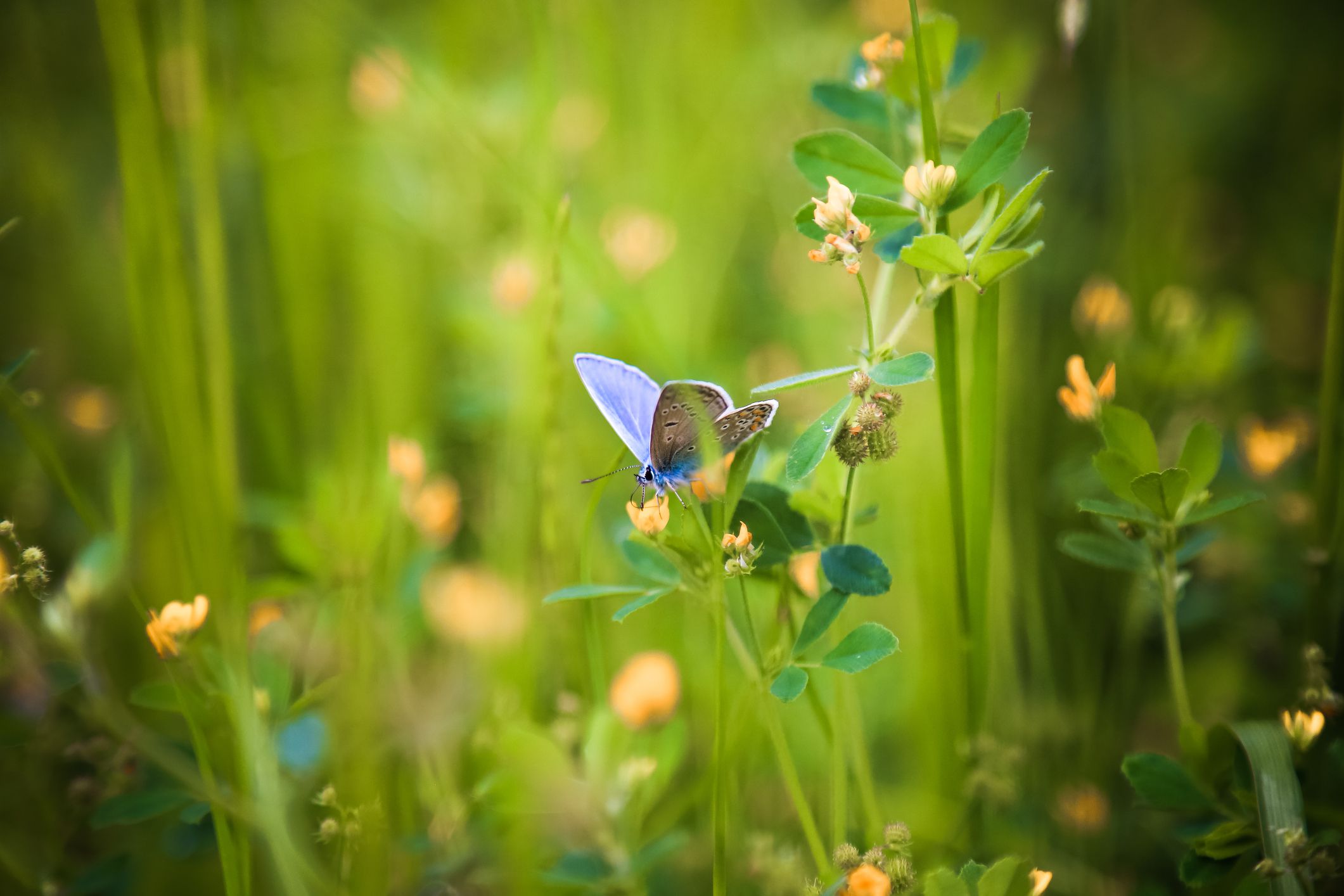
Lawns have been called “biological deserts” because they are prone to disease and outbreaks of invasive pests. Because lawns have to be mowed constantly, nutrients are lost when clippings are removed, and the large amount of chemicals needed to maintain them do not allow for a sustainable environment in which biodiverse species can thrive.
They Contribute to Stormwater Runoff
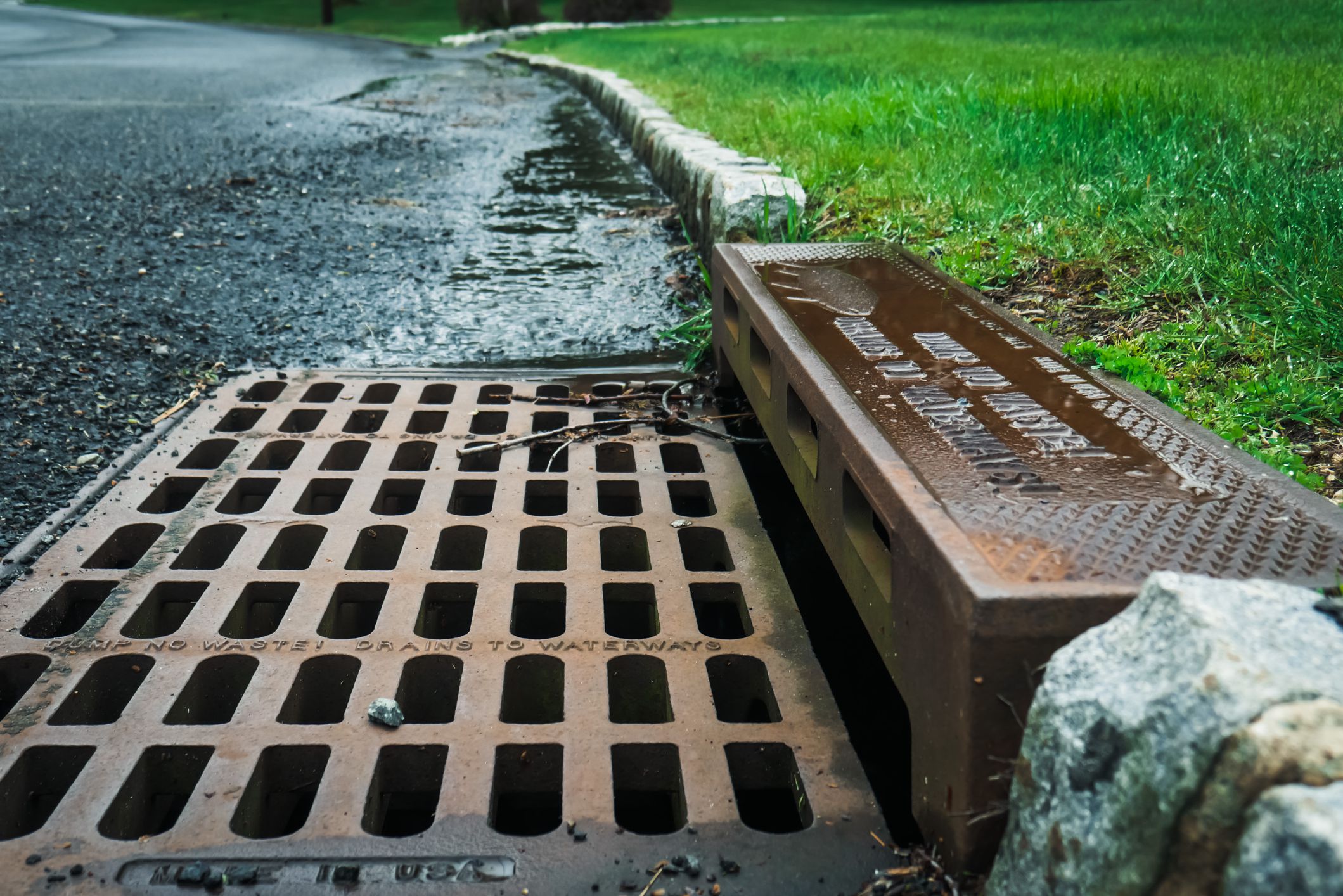
During construction, lawn areas become extremely compacted. As they are mowed, walked and played on continually, these surfaces prevent rainwater from being absorbed properly. This results in lawns being almost as impervious as concrete lots; water ends up trickling to nearby drains and streams instead of soaking into the ground — causing flooding to surrounding areas.
They Require Tons of Water to Maintain
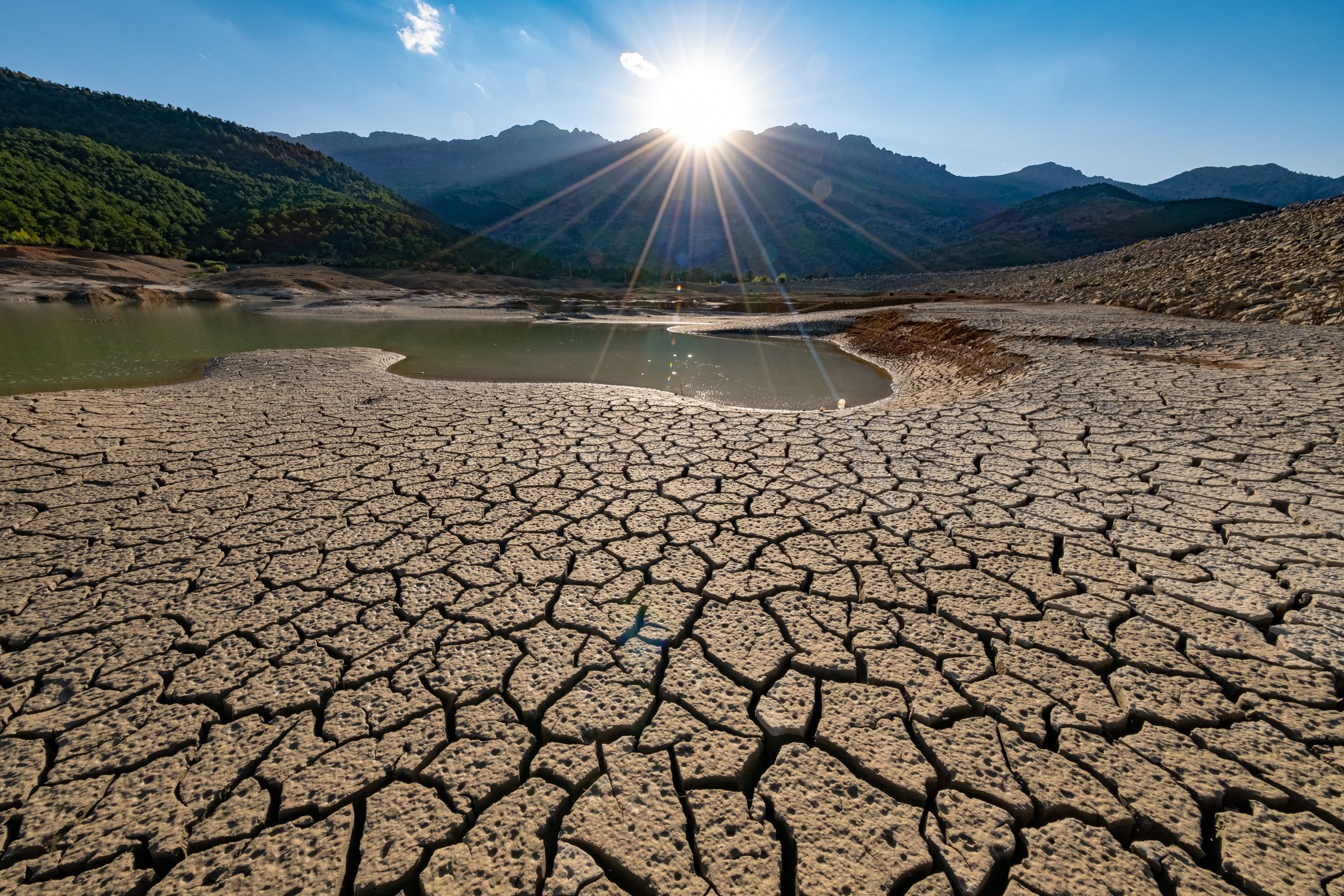
Despite the United States facing worsening droughts in recent years, lawns and gardens accounted for 60% of households’ water use in arid areas, according to the Environmental Protection Agency. (California, we are looking at you.) Lawns also take up space from plants that could help offset carbon and slow down wildfires.
They Require Chemical Toxins and Pollutants
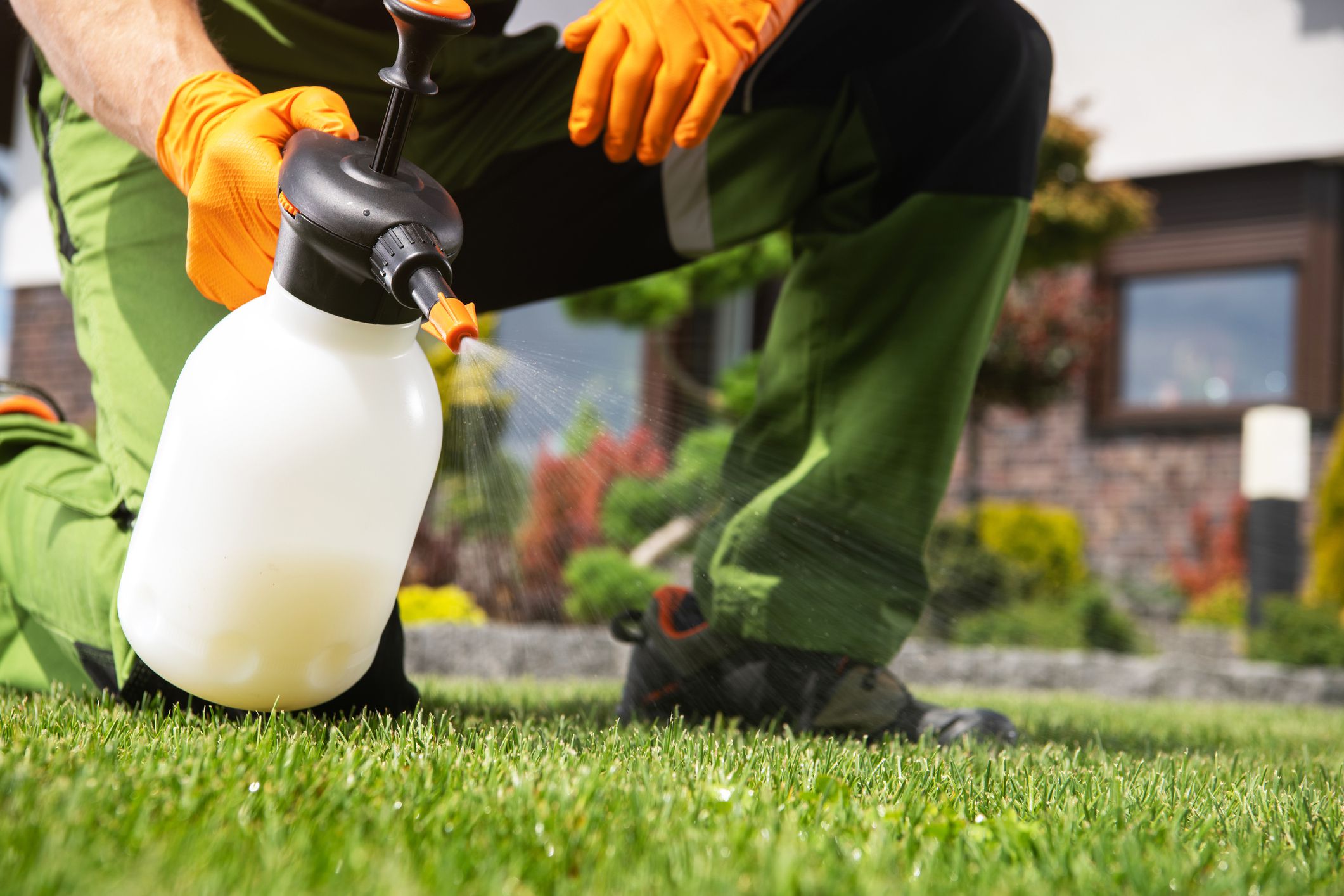
The U.S. lawn care industry is a profitable one, raking in $32 billion a year. A large part of those profits is due to companies marketing chemicals and fertilizers as must-haves to maintain beautiful green lawns. Forty percent to 60% of those chemicals end up in nearby rivers, lakes, and ponds, impairing their ecological health and balance, the EPA says.
